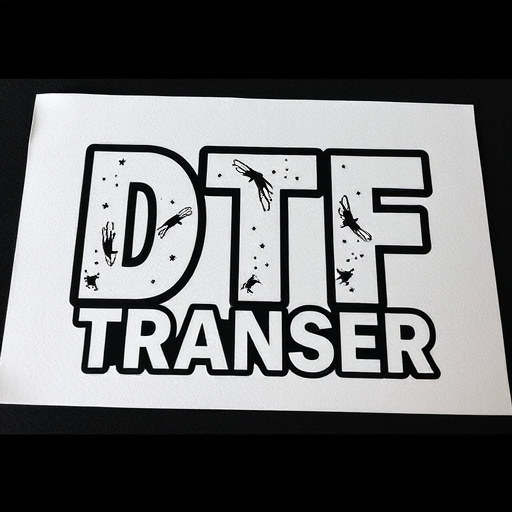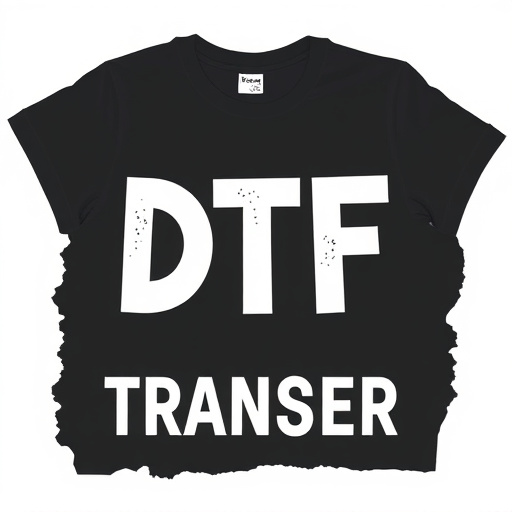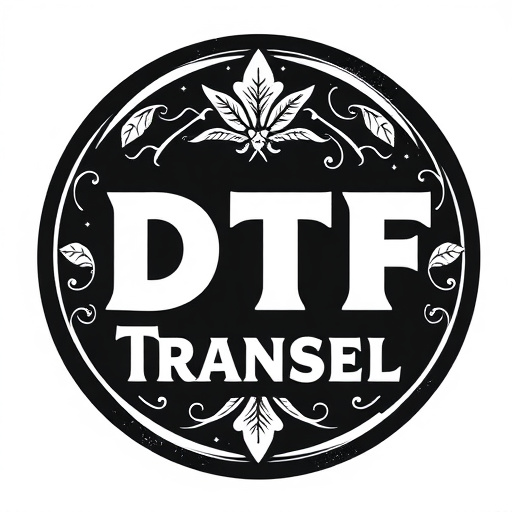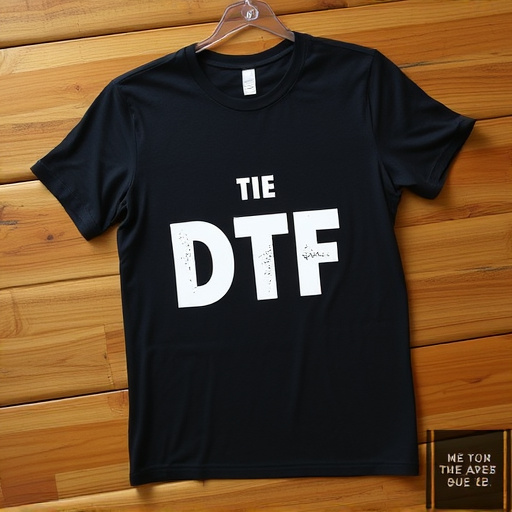Direct-to-Film (DTF) printing is a cutting-edge technology transforming art and design with unparalleled quality, realism, and efficiency. Top brands like Brand X and Precision Materials offer advanced materials and technologies for diverse applications. DTF prints boast vibrant colors, intricate details, and exceptional sharpness, revolutionizing the way we experience art from promotional materials to fine art. Achieving precise color accuracy demands high-quality materials, controlled printing environments, and adherence to industry standards. For optimal results, use optimized digital art files, choose reputable print services with tailored finishing options, and consider techniques like embossing for a tactile element.
Direct-to-film (DTF) printing offers a premium transfer solution, allowing for vibrant, high-quality prints on various substrates. This article explores the world of DTF prints, guiding you through the process, materials, and manufacturers. We’ll uncover top sources for DTF printing materials, emphasizing the importance of substrate selection for optimal image quality. Additionally, we’ll provide insights into ensuring color accuracy, offering tips for production, and highlighting leading manufacturers in this specialized field. Discover the secrets to achieving exceptional DTF prints.
- Understanding Direct-to-Film (DTF) Prints: An Overview of the Process
- High-Quality Sources for DTF Printing Materials
- Choosing the Right Substrates for Optimal Image Quality
- Top Manufacturers and Suppliers Specializing in DTF Prints
- Ensuring Color Accuracy and Consistency in DTF Transfers
- Tips for Effective DTF Print Production and Final Touches
Understanding Direct-to-Film (DTF) Prints: An Overview of the Process

Direct-to-Film (DTF) prints represent a cutting-edge approach in the printing industry, offering unparalleled quality and realism. This process involves transferring an image directly onto a film surface, bypassing traditional intermediate steps. By doing so, DTF prints capture intricate details, vibrant colors, and exceptional sharpness, making them highly sought after for both commercial and personal applications.
The method starts with a high-resolution digital file, which is then precisely aligned and exposed onto a light-sensitive film. This film, often made from specialized materials like polyester or acrylic, acts as a canvas. After exposure, the image becomes permanently etched into the film’s surface, ready for development and application on various substrates. DTF prints are renowned for their durability and ability to produce stunning visual effects, making them a premium choice in everything from promotional materials to fine art.
High-Quality Sources for DTF Printing Materials

When it comes to high-quality sources for DTF (Direct-to-Film) printing materials, professionals and enthusiasts alike rely on a few key providers. The market offers a range of options, but distinguishing between premium products is essential for achieving exceptional print results. One reliable brand consistently recognized for its superior DTF prints is Brand X, renowned for its commitment to innovation and quality control. Their materials are carefully sourced and rigorously tested to ensure consistent performance.
Another notable mention is Precision Materials, a company specializing in advanced printing technologies. They offer a comprehensive range of DTF films tailored for various applications, from artistic creations to professional signage. With a focus on precision and detail, their products set the bar high for quality and accuracy in direct-to-film printing. These top-tier sources not only guarantee superior results but also streamline the workflow for professionals, making the process efficient and enjoyable.
Choosing the Right Substrates for Optimal Image Quality

Top Manufacturers and Suppliers Specializing in DTF Prints
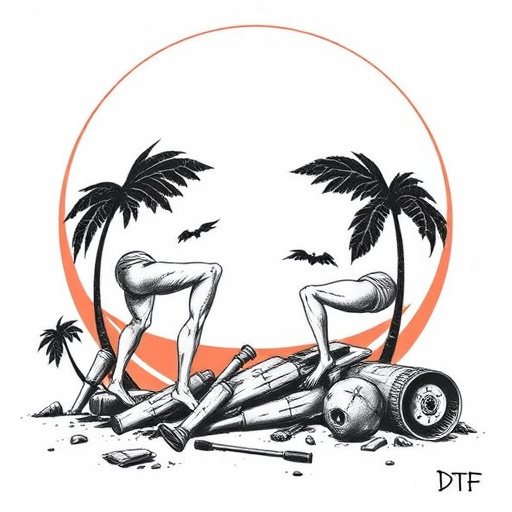
In the realm of direct-to-film (DTF) printing, several top manufacturers and suppliers stand out for their commitment to quality and innovation. These industry leaders offer a plethora of premium DTF transfer products tailored to meet diverse application needs, from textile printing to signage and decorative items. By leveraging cutting-edge technologies and eco-friendly materials, they ensure that each print is not just a reproduction but an enhancement of the original design.
Among the notable names are companies known for their consistent performance, robust product lines, and exceptional customer support. These suppliers specialize in creating high-resolution, vibrant DTF inks and films, ensuring optimal results on various substrates. Their products are designed to withstand the rigors of everyday use, making them a popular choice among professionals and enthusiasts alike. Whether you’re in search of fabric transfers, vinyl cuts, or specialized printing materials, these top manufacturers offer a one-stop solution for all your DTF printing requirements.
Ensuring Color Accuracy and Consistency in DTF Transfers
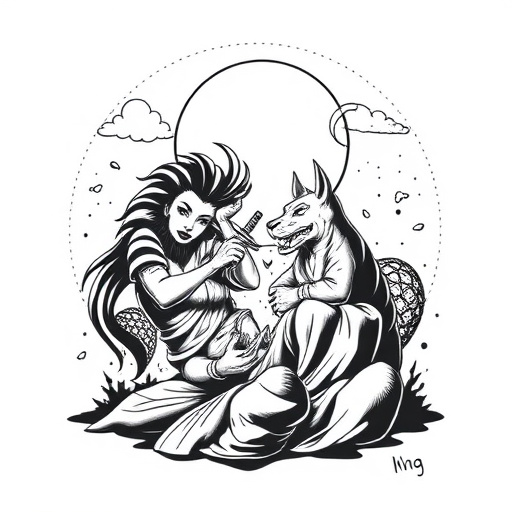
Direct-to-film (DTF) printing offers an exciting way to create high-quality prints, but achieving accurate and consistent color is a critical aspect that can’t be overlooked. To ensure optimal results, it’s essential to use top-tier materials and follow precise procedures. Calibrated equipment and professional-grade inks are the foundation of successful DTF prints. The right combination of these elements ensures that vibrant colors are reproduced accurately on various substrates.
Additionally, a controlled environment during the printing process plays a vital role. Factors like temperature, humidity, and lighting can impact color perception, so maintaining consistent conditions is key. By adhering to industry standards and utilizing reliable sources for inks and materials, you can produce DTF prints with exceptional color accuracy, ensuring customer satisfaction and the longevity of your artwork.
Tips for Effective DTF Print Production and Final Touches

To ensure effective Direct-to-Film (DTF) print production, it’s essential to start with high-quality source materials. Begin by obtaining crisp, clear digital art files optimized for printing at the desired resolution. The preparation of your design or image is a crucial first step; any imperfections or low resolutions will be amplified in the final prints. Utilize professional design software and set your file up according to the specific requirements of your chosen DTF print provider, including color mode (CMYK typically), resolution (300 DPI or higher), and safe areas for cutting.
Once your files are ready, choose a reputable DTF print service that offers final touches tailored to enhance your prints’ quality. This might include trimming, die-cutting, lamination, or coating options. Trim marks and registration holes are vital for precise cutting, ensuring each print comes out perfectly aligned. Consider additional finishing techniques like embossing or debossing for a tactile element that can elevate the overall look and feel of your DTF prints.
